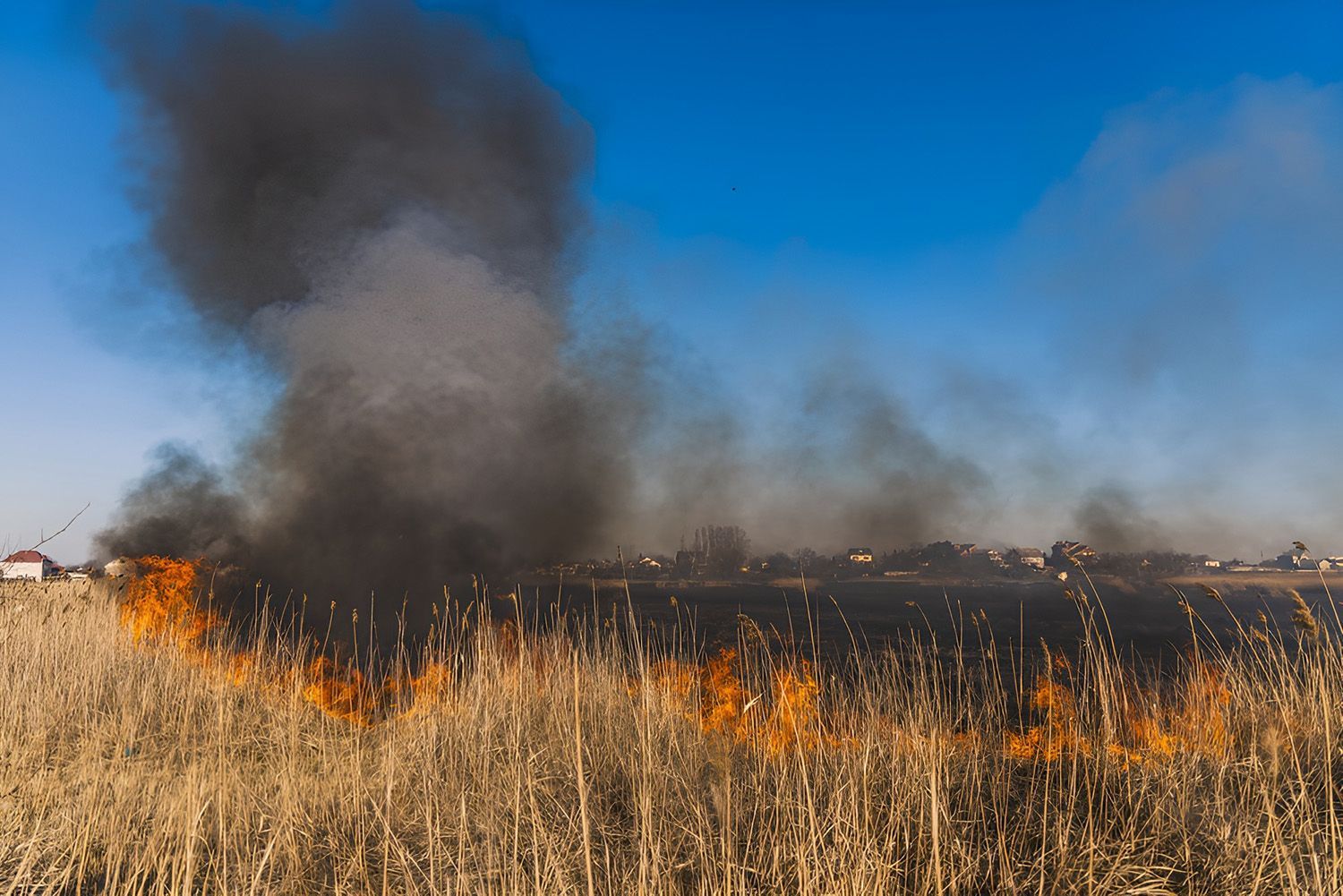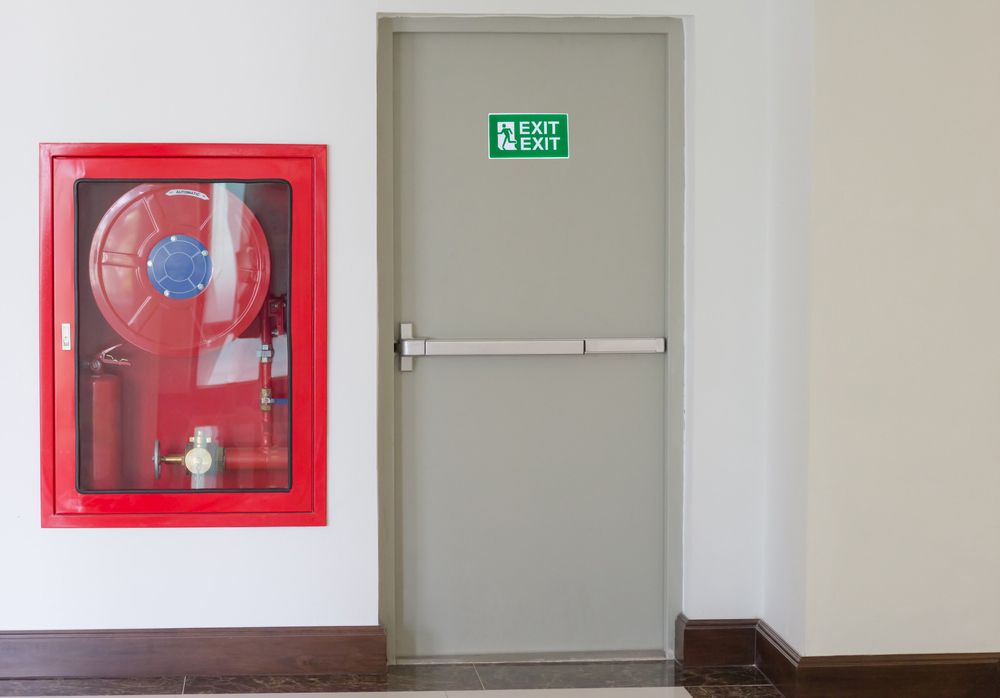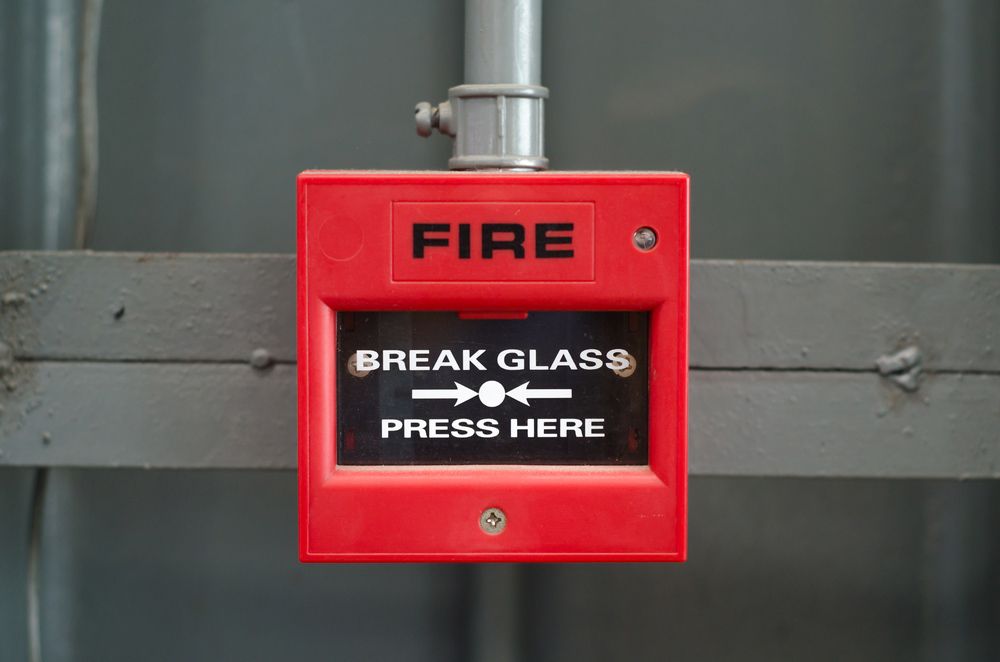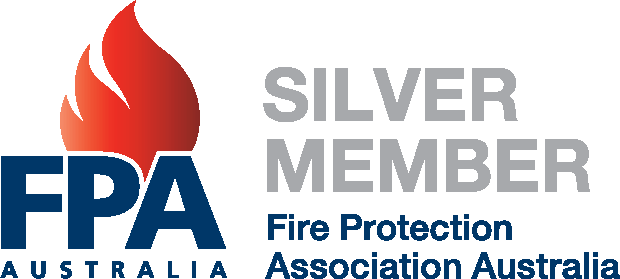A Property Owner’s Guide To Fire Safety Compliance In Wollongong
Author: Pasiv Fire | Date: October 24, 2025
On this page:
- Why Fire Safety Compliance is Especially Important in Wollongong
- What Are Your Legal Responsibilities as a Property Owner?
- Understanding the Role of Passive Fire Protection Systems
- Key Areas to Check for Passive Fire Compliance
- How Often Should Passive Fire Systems Be Inspected?
- The Fire Safety Compliance Process: From Audit to Certification
- Common Compliance Pitfalls & How to Avoid Them
- Choosing the Right Passive Fire Protection Partner in Wollongong
- Get Fire Compliant with Wollongong’s Trusted Passive Fire Protection Specialists
Fire safety is more than a legal necessity—it’s a critical safeguard for life, property, and continuity of use. In a city like Wollongong, where coastal weather, older housing stock, mixed-use developments, and industrial precincts intersect, ensuring fire safety in Wollongong comes with unique responsibilities. Whether you own a residential block, a commercial facility, or a mixed-use building, staying compliant with local fire safety regulations protects your investment and the people within it.
This guide provides property owners with essential information on passive fire protection systems, compliance requirements, inspection procedures, and strategies to avoid common pitfalls. We’ll also help you understand how to choose a qualified provider for passive fire protection services in Wollongong.
Why Fire Safety Compliance is Especially Important in Wollongong
Wollongong’s diverse built environment and coastal setting increase fire risk in specific ways. Many properties are situated near bushland or industrial zones, where fire threats can emerge suddenly and without warning. Additionally, older buildings often lack modern fire protection features, while newer developments must meet stringent building codes.
Here’s why robust fire safety matters in the Wollongong region:
- Many structures contain mixed-use functions—such as residential, retail, and office spaces—which must all comply with different fire safety standards.
- Harsh coastal air can accelerate the deterioration of building materials, making passive fire systems in Wollongong more vulnerable if not regularly maintained.
- Compliance helps reduce liability in the event of emergencies and is essential for maintaining insurance coverage.
What Are Your Legal Responsibilities as a Property Owner?
Fire safety compliance isn’t optional—it’s a legislated requirement under the Building Code of Australia (BCA) and local council regulations. Property owners are ultimately responsible for ensuring that all fire safety measures in their buildings are properly installed, certified, and maintained.
Your key responsibilities include:
- Ensuring passive fire protection systems are inspected and tested regularly in accordance with AS1851 and other applicable standards.
- Keeping accurate records of all inspections, maintenance, and certifications for regulatory audits.
- Ensuring compliance documents, such as Annual Fire Safety Statements (AFSS), are submitted on time to your local council.
Understanding the Role of Passive Fire Protection Systems
Many people associate fire safety with alarms and sprinklers, but passive fire protection systems are just as important—and legally required in most building types. These systems are built into the structure to contain fire and smoke, providing more time for evacuation and limiting structural damage.
Here’s how passive fire protection works:
- It includes fire-rated walls, ceilings, and floors that resist the spread of fire through compartmentation.
- Penetration seals are used to fireproof gaps created by pipes, cables, or ducts passing through fire-rated surfaces.
- Fire doors, intumescent coatings, and fire-resistant access panels are all part of a comprehensive passive fire protection system.
Key Areas to Check for Passive Fire Compliance
When evaluating a building’s fire safety compliance, there are specific areas that require attention. A professional inspection will focus on multiple structural and service-based components to ensure the passive fire protection system remains intact and functional.
Critical areas where passive fire protection services are most needed include:
- Service penetrations in walls, floors, and ceilings, where cables or pipes could allow fire to spread.
- Fire-rated doors and frames must meet specific certification standards and function without obstruction.
- Fire-resisting walls and floor slabs that divide tenancy or fire compartments.
- Access points such as risers, switch rooms, and plant areas require certified sealing solutions.
How Often Should Passive Fire Systems Be Inspected?
Ongoing compliance isn't a one-time task. Your passive fire protection systems should be routinely inspected and maintained to ensure they continue to meet performance requirements. Inspection frequency depends on your building classification, occupancy type, and local Wollongong council regulations.
Recommended inspection intervals include:
- Annual inspections of all passive fire protection components for commercial, residential, and public buildings.
- More frequent checks for buildings in coastal areas where corrosion may affect fire seals and rated materials.
- Post-renovation or retrofit inspections to verify that no fire-rated assemblies have been breached or compromised.
The Fire Safety Compliance Process: From Audit to Certification
Achieving fire safety compliance is a structured process involving both property owners and certified fire safety professionals. Understanding each stage helps you stay organised and proactive.
Here’s a typical compliance journey:
- Initial audit: A qualified provider assesses the current condition of your building’s fire protection features.
- Reporting: A detailed report identifies any non-compliant components and outlines recommended remedial actions.
- Rectification: Repairs or upgrades are carried out to bring the building in line with current codes.
- Certification: Once compliant, the relevant documentation, such as the Annual Fire Safety Statement, is prepared and submitted to the council.
Common Compliance Pitfalls & How to Avoid Them
Failure to meet fire safety standards is often due to issues that could have been avoided with a proactive approach. By knowing what to look out for, property owners can prevent unnecessary setbacks.
Watch out for these common fire compliance issues:
- Unsealed service penetrations following trades work or renovations.
- Fire doors that have been altered, painted, or are no longer compliant.
- Inadequate documentation or missing certificates for passive fire systems in Wollongong.
- Non-certified materials are used in penetrations, walls, or access panels.
- A lack of ongoing maintenance, especially in ageing properties.
Choosing the Right Passive Fire Protection Partner in Wollongong
Selecting the right provider for your fire compliance needs is critical to achieving long-term safety and regulatory assurance. Not all providers offer the same level of service, so it’s worth knowing what to prioritise.
Look for these qualities in a passive fire protection services provider:
- Proven experience in delivering compliant passive fire systems in Wollongong, with knowledge of local building stock.
- Licensing, qualifications, and up-to-date product certification to meet AS and NCC standards.
- The ability to offer full lifecycle services—from inspection and rectification to compliance documentation.
- A transparent, communicative approach that gives property owners peace of mind.
Get Fire Compliant with Wollongong’s Trusted Passive Fire Protection Specialists
At Pasiv Fire, we provide end-to-end passive fire protection services to ensure your property meets all local fire safety regulations. Whether you need an inspection, a fire compliance audit, or a complete passive system installation, our team works with you to safeguard your building with tested and certified solutions.
Contact us to learn more or book a compliance consultation. We’ll help you protect what matters and stay ahead of fire safety legislation in Wollongong.















